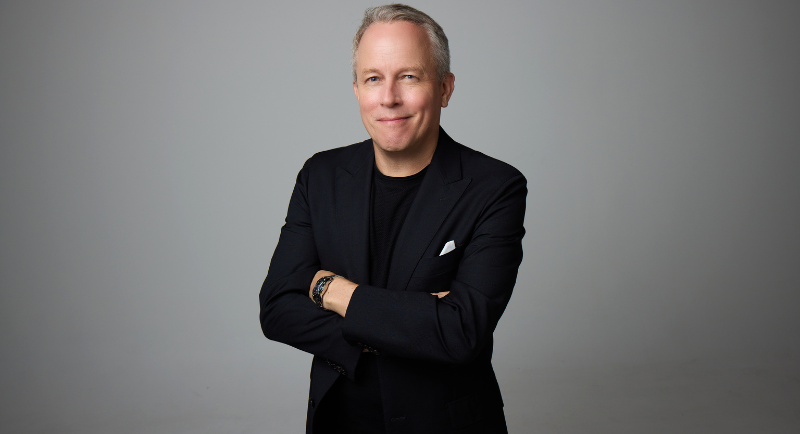By Matthew Turl, CEO Spark Foundry Australia
As 2024 sprints towards the finishing line, there is much to reflect on – certainly too much to wrap up in one neat summary. So, let’s instead take four of the big themes that were on everyone’s agenda in January, and run the ruler over how they played out: cookie deprecation; our industry’s carbon footprint; the economy; and an aligned method of measuring screen audiences.
That’s the way the cookie (didn’t) crumble
The end of cookies? Not so fast. In July, Google upped stumps on its on again, off again roll out. It was the UK’s Competition and Markets Authority (CMA) which finally asked that they hit the brakes, because replacing a standard technology like the third-party cookie in a browser with over 60% global market share is bound to affect a lot of people.
But Google’s plans had already drawn focus to the importance of first-party data management. If cookies were no longer in play, then how would the digital ecosystem continue to thrive? For a hot moment ‘contextual targeting’ echoed across the cafés of adland, before attention turned to Customer Data Platforms (CDPs) and Conversion API (CAPI) implementation as potential solves for the impending deprecation event.
And was all that effort wasted? Absolutely not! Across agencies, these workstreams enabled reviews into how data was being collected, how it was stored, and how it would be used within privacy-centric frameworks with customer knowledge.
Zeroing in on climate action
And what of the industry’s progress on reducing its carbon footprint? A tick here with the launch in October by the Media Federation of Australia (MFA), the Australian Association of National Advertisers (AANA), the Advertising Council Australia (ACA) and the Interactive Advertising Bureau (IAB) of the Australian chapter of Ad Net Zero.
Ad Net Zero is a global industry alliance and action plan to reduce the carbon impact of developing, producing and running advertising. Supported by 25 foundation partners, Publicis Groupe ANZ being one of them, Ad Net Zero will apply globally developed principles and frameworks to drive meaningful impact in the fight against climate change.
Older Aussies spend up
The economy, well, it seems it has not been our friend… Or has it? That may depend on age.
In August, the Commonwealth Bank of Australia (CBA) brought this dynamic into view with the release of customer spending data for the year to June. This showed that spending on discretionary items by 20-24 years olds was down -1.7% in comparison to 2023, and for 25-34 years old it was -1.0%.
While spending on essential items was up across all demographics (no surprise given that inflation still stalks the supermarket aisles), 55-64 years olds actually grew their discretionary spending by +3.7%, and the 65+ cohort by +4.8%. Where can we find evidence of that discretionary spend by the 55+ cohort? Look no further than the share price of Royal Caribbean, which closed on December 11, 2023 at USD $120.41, and has just closed on December 10, 2024 at USD $245.66.
Two sides of the measurement coin
And, finally, how did the evolution of screen measurement play out? It was decidedly ‘non-linear’ (excuse the pun). VOZ, a project which set out in 2018 to deliver an upgraded audience measurement solution for linear television, was finally realised – bringing metro TV, regional TV and Broadcast Video on Demand (BVOD) viewing into one de-duplicated database. Excellent, now we can build reach per Ehrenberg-Bass principals and minimise excess frequency.
Then Foxtel elected to enter the race with a Kantar measurement solution, citing a desire to tether measurement to data collected from subscribers’ set top boxes. Media agencies continue to lead the way in this new measurement landscape, with solutions that prioritise finding the optimal distribution of our client’s investment.
So, what lies in store for 2025?
America has chosen. If the tariffs are implemented, will they affect a change to the distribution of global adspend, as products manufactured outside the US seek new markets?
Nine’s big bet. It took 7 years to align the players involved in VOZ. Nine now needs to align a dozen major advertisers on measurement methodology and KPIs to prove the effectiveness of incremental total television spend in one year. I applaud their commitment.
Australia and the platforms. The task of keeping the under 16s off social media requires a technically feasible outcome that does not place an onerous burden on parents or teens, and alignment on consistent application across all social apps. A challenge on both fronts.
From intent to impact on carbon. The tightening of belts cannot be allowed to stand in the way of progress. I have no doubt that our industry will rise to the challenge.
–
Top image: Matthew Turl

